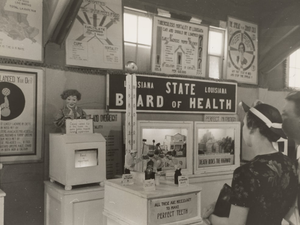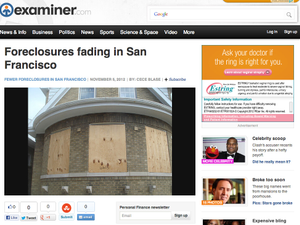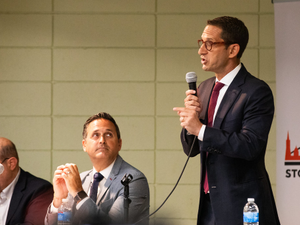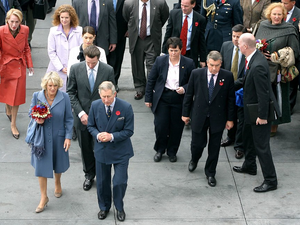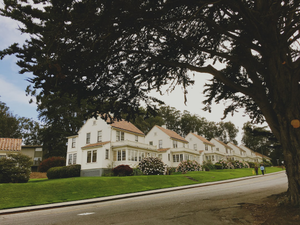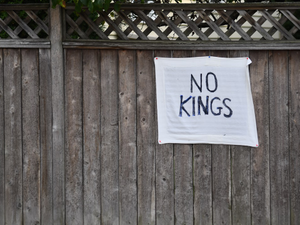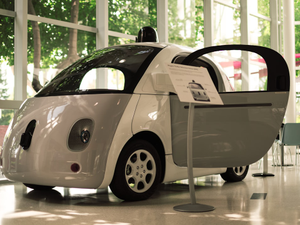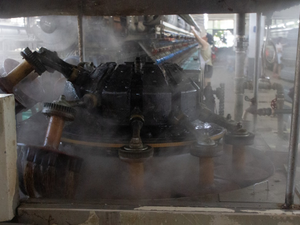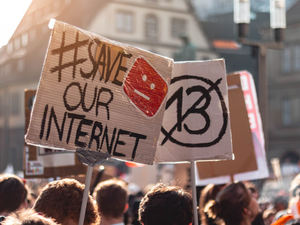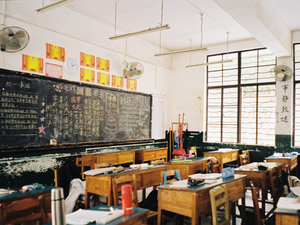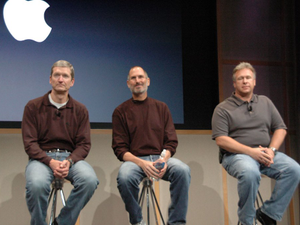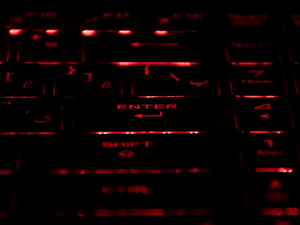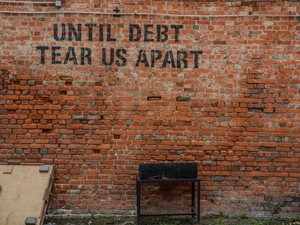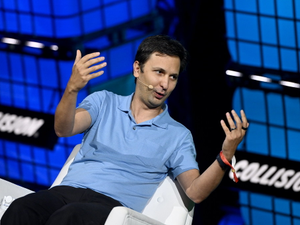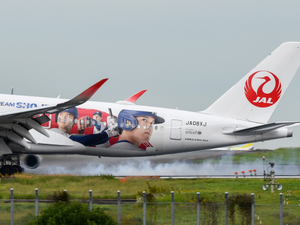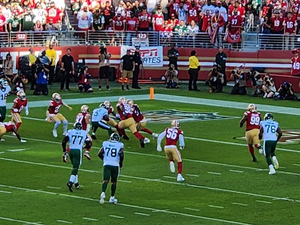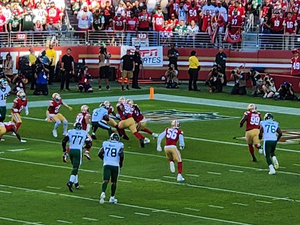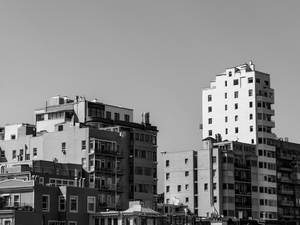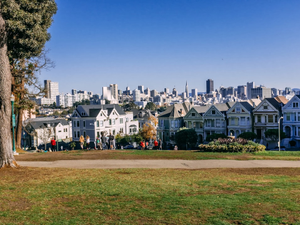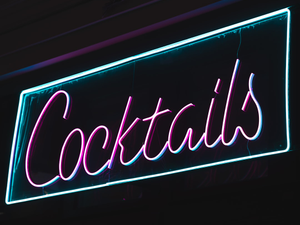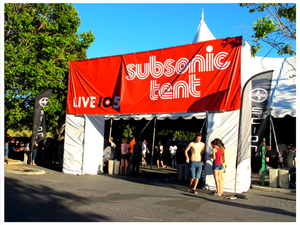BART Goes Full Dumpster Fire: How One Tech Glitch Brought the Bay Area to Its Knees
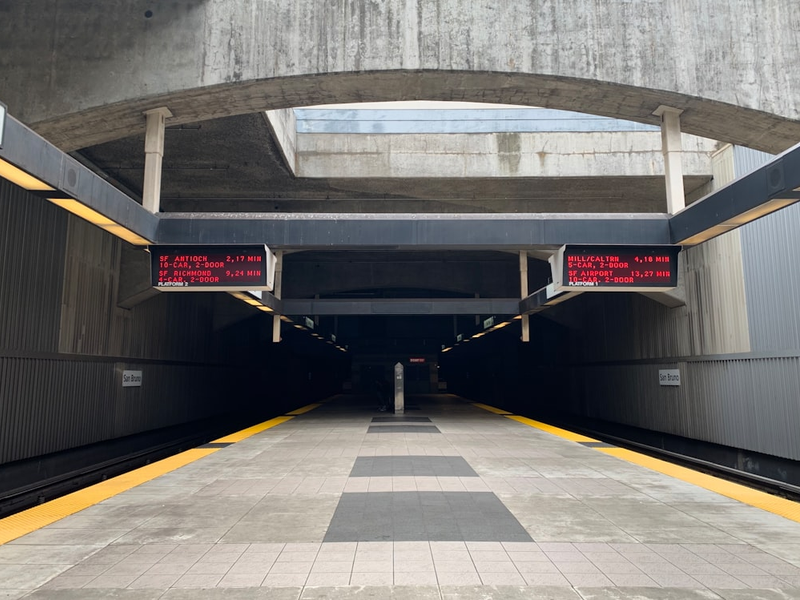
Photo by Anagha Varrier on Unsplash
Picture this: It’s a typical Friday morning in the Bay Area, and suddenly, BART decides to throw the most epic transit tantrum in recent history. For four whole hours, the entire system went dark, leaving thousands of commuters stranded and scrambling like caffeinated squirrels trying to find alternative routes.
The Great BART Breakdown
State Senators Scott Wiener and Jesse Arreguín aren’t just mad, they’re using this tech meltdown as a rallying cry for massive public transit investment. With BART typically ferrying around 170,000 passengers daily, this systemwide service outage wasn’t just an inconvenience; it was a full-blown transportation apocalypse.
The Domino Effect
The ripple effects were wild. Ride-hailing services cranked up surge pricing faster than you can say “transit nightmare,” while other transit agencies like AC Transit and San Francisco Bay Ferry were scrambling to add extra capacity. Meanwhile, Bay Area freeways transformed into parking lots as desperate commuters sought alternative routes.
The Financial Reality
Behind the scenes, BART is facing a potential budget crisis that could slice daily train trips from 4,200 to a mere 500. With projected annual deficits between $350-$400 million starting in 2027, the agency might be forced to reduce service to one train per hour, a transit death sentence for a region that relies heavily on public transportation.
BART’s general manager Robert Powers offered a mea culpa, admitting that “reliability is our brand,” but the damage was already done. One thing’s clear: the Bay Area needs to invest in its transit infrastructure before we all lose our collective minds.
AUTHOR: rjv
SOURCE: Local News Matters
